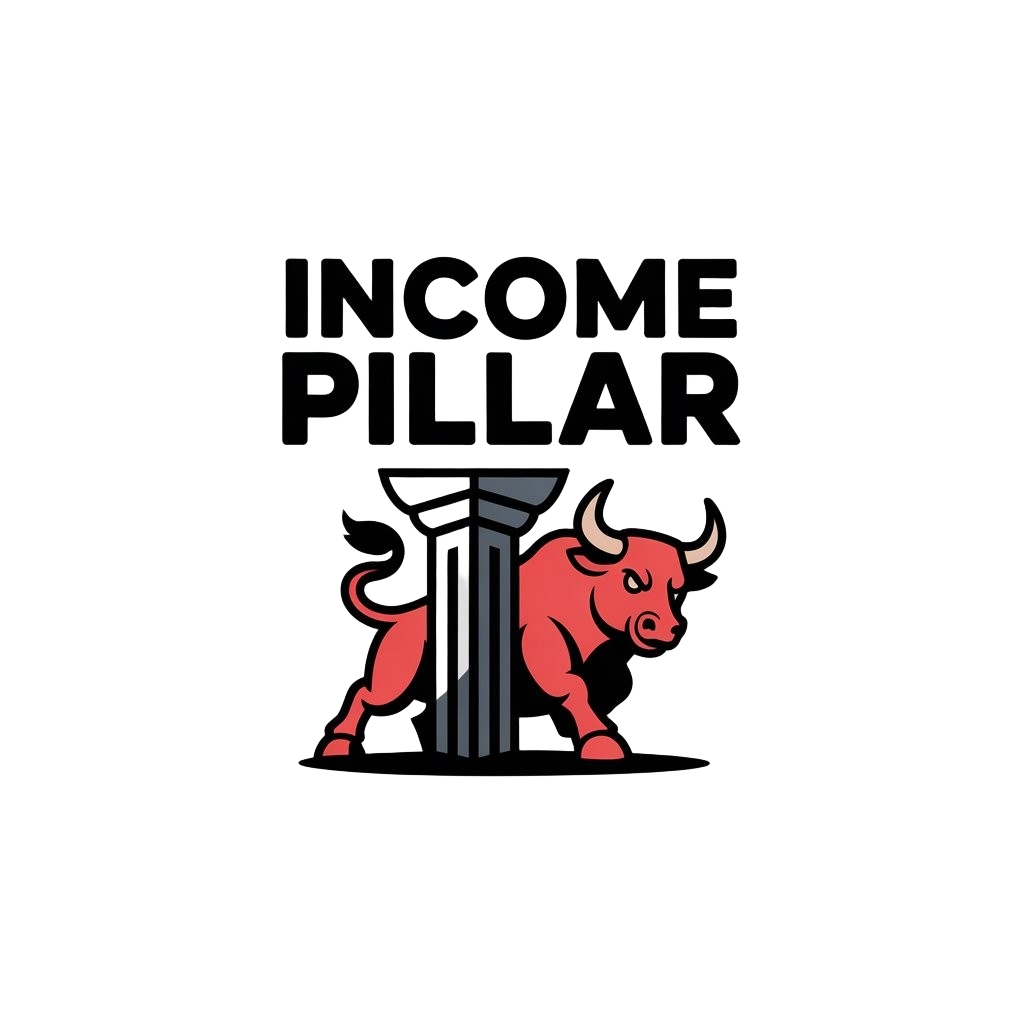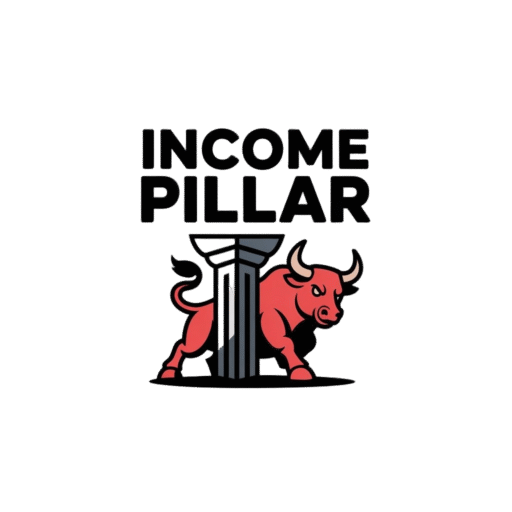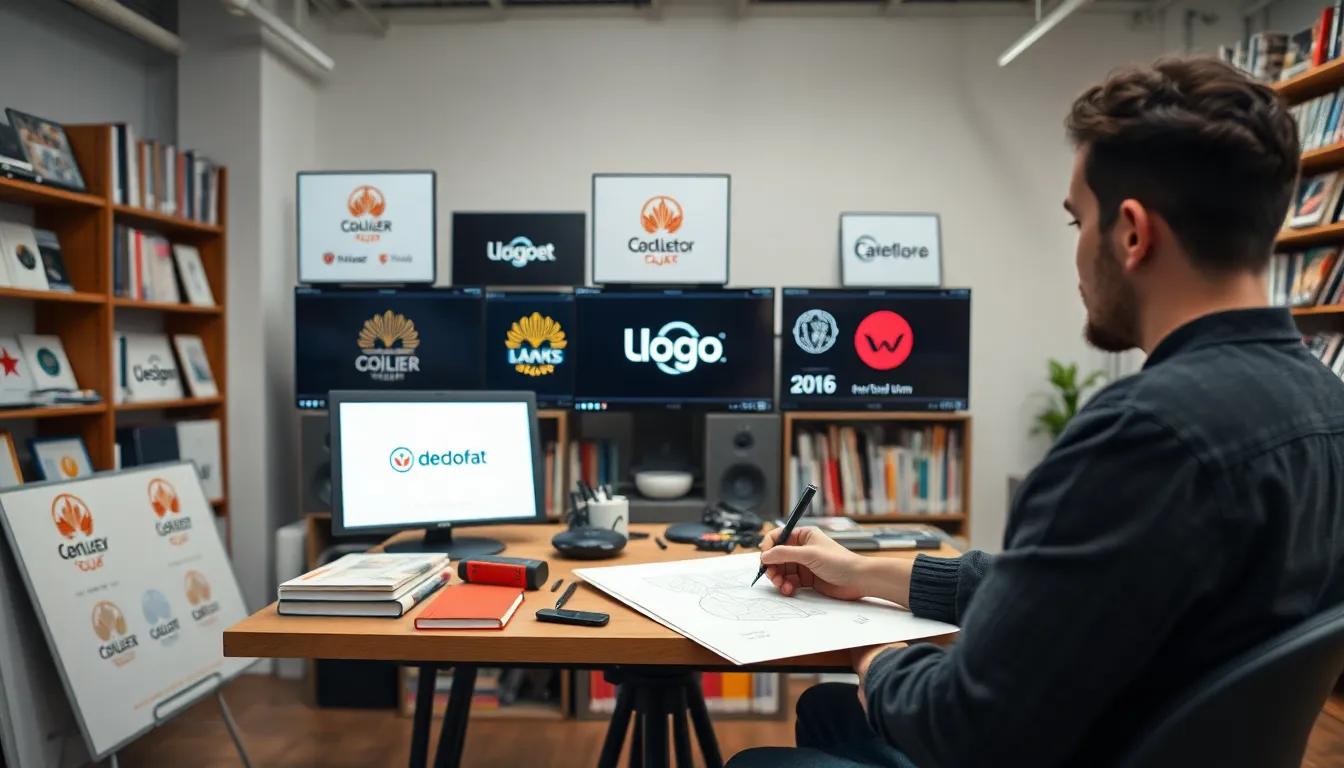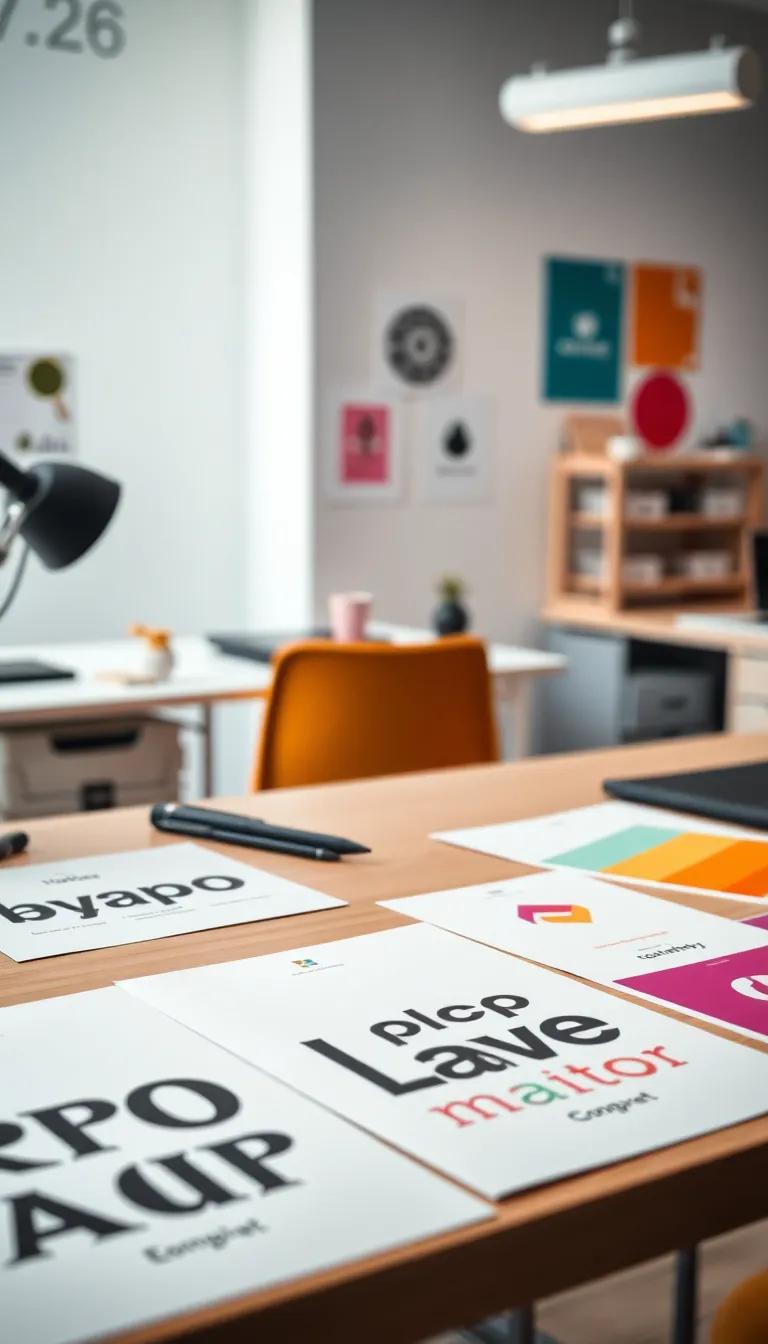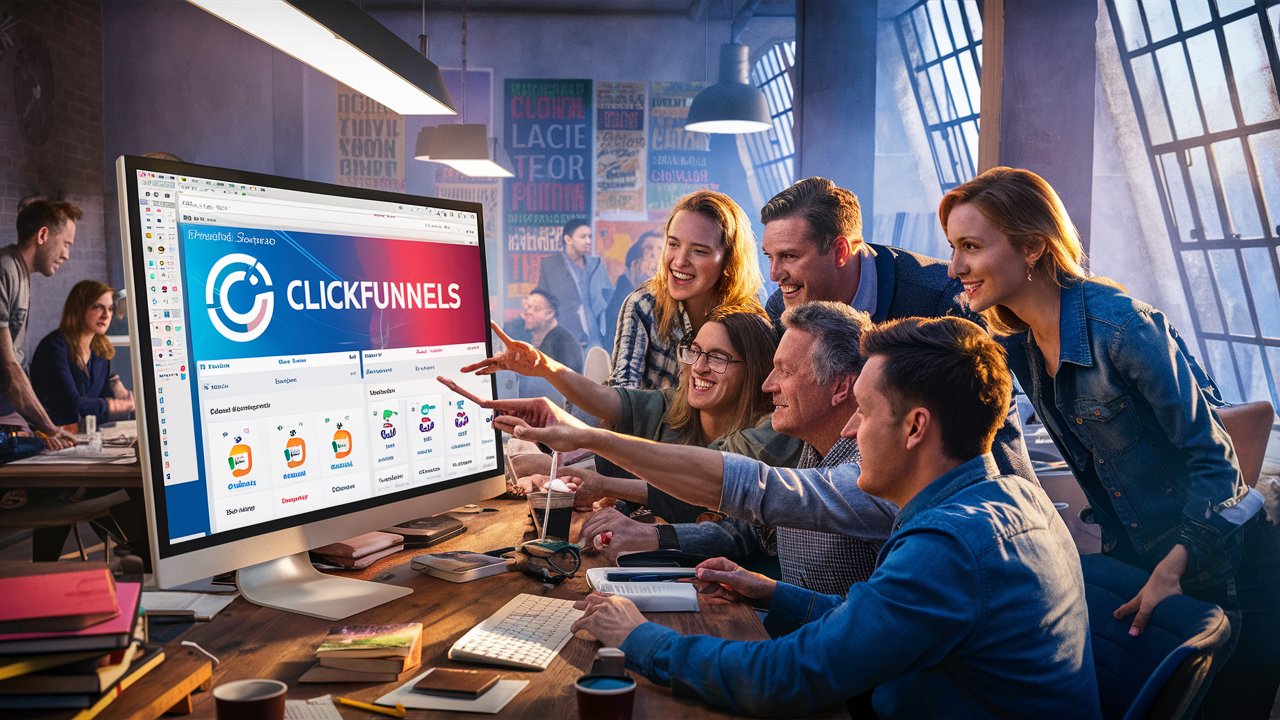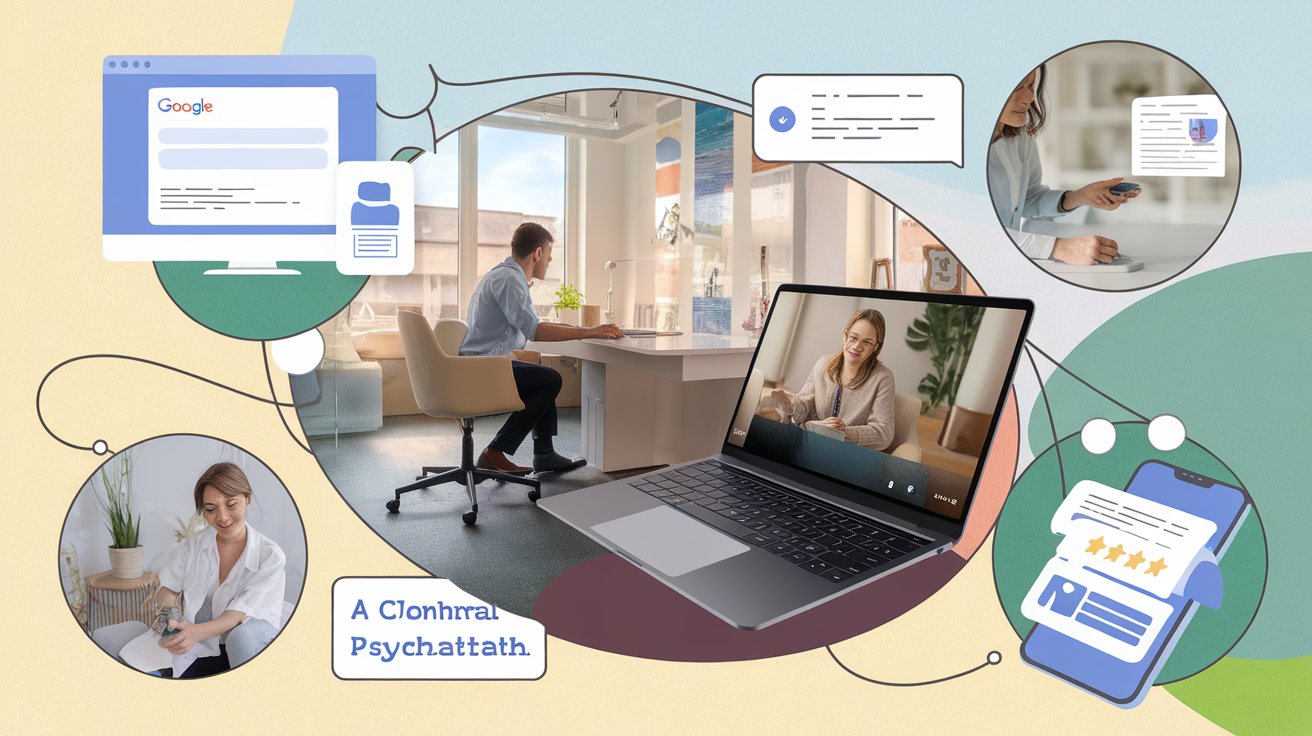Introduction
A logo is more than just a visual representation; it’s the face of your brand that conveys essential values and uniqueness to your audience. The process of creating a creative logo involves deep reflection on your business’s core mission and identity, ensuring that the final design resonates with both your target market and your brand’s ethos. In a landscape where branding stands out as a pivotal differentiator, crafting a memorable logo is not merely an option but a necessity that demands attention to detail and an understanding of your brand’s narrative.
In this blog post, we will explore the multifaceted approach to developing a creative logo that encapsulates your brand essence. From understanding the principles of effective logo design to employing innovative strategies that bridge your visual identity with your business objectives, this guide will walk you through the journey of creating a logo that not only catches the eye but also leaves a lasting impression. Join us as we navigate through key elements and actionable tips that can enhance your logo design process.
Understanding the Importance of a Creative Logo
The Significance of a Logo in Brand Identity
A logo is more than just a graphic; it is a powerful representation of a brand’s identity and values. It functions as the quintessential visual symbol that distinguishes a business from its competitors. In a world teeming with options, a memorable logo serves as a crucial element for business recognition. By encapsulating the essence of a brand within a simple image, logos act as memorable cues that linger in the minds of consumers.
One of the most significant roles a logo fulfills is that of creating a first impression. In many cases, it is the initial contact a potential customer has with a brand. This makes it imperative for the logo to communicate not only the idea of the brand but also convey its core values and mission. For example, a tech company may choose a sleek and modern logo design to reflect innovation and cutting-edge technology, while an organic food brand might select earth-toned colors and natural shapes to signify environmental consciousness and wellness.
The Role of a Logo in Communicating Brand Values
A logo is also a conversational bridge that connects a brand with its audience. Through color choice, shape, and typography, a logo can evoke feelings of trust, reliability, excitement, or luxury. Colors play a pivotal role, as different hues elicit various emotional responses. For instance, blue often conveys professionalism and security, while yellow can evoke happiness and warmth. Therefore, a logo must be designed thoughtfully to ensure that it resonates with the target audience and aligns with the brand’s intended message.
The significance of a creative logo cannot be overstated. As the cornerstone of a brand’s identity and the first point of connection with potential customers, it is essential for logos to be designed with purpose and creativity. A thoughtful logo communicates not just what a brand does, but who it is, solidifying its place in the competitive marketplace.
Elements of Effective Logo Design Mastering the Balance of Color Typography and Simplicity
Crafting a memorable logo is not merely an artistic endeavor; it is a synthesis of various elements meticulously intertwined to convey the essence of a brand. Understanding the fundamental aspects of effective logo design—such as color theory, typography, and the equilibrium between simplicity and complexity—can empower businesses to create logos that resonate with their target audience and reflect their core values.
Color Theory: Setting the Mood
Color plays a pivotal role in logo design, as different hues evoke distinct emotions and responses. For instance, blue typically conveys trust and reliability, making it a popular choice among financial institutions. In contrast, red can symbolize excitement and passion, which may be more fitting for brands in the entertainment sector. When selecting a color palette, it is essential to align the choice with the brand’s message and values. Using a harmonious combination of colors can amplify the logo’s effectiveness, while clashing colors may confuse or alienate potential customers. A well-considered color scheme not only enhances aesthetics but also strengthens brand recognition.
Typography: The Voice of Your Logo
The choice of typography communicates much about a brand’s personality and character. Whether opting for a modern sans-serif font that radiates professionalism or a playful script that invites creativity, the font selection should mirror the brand’s identity. Furthermore, legibility is crucial; complex typefaces can hinder recognition and impact memorability. It is advisable to strike a balance between creativity and readability, ensuring the logo is effective across various sizes and mediums. Custom typography can serve as a unique identifier, setting a brand apart from its competition.
Simplicity vs. Complexity: The Golden Ratio
In logo design, striking the right balance between simplicity and complexity is vital. A simplistic logo often enjoys greater versatility, allowing it to be easily adapted across various formats, from business cards to social media icons. However, overly simplistic designs may fail to capture the richness of a brand’s story. Conversely, logos laden with intricate details may create visual clutter, making them less memorable. The key lies in distilling the brand’s essence into a design that is easily recognizable and impactful. The most effective logos often adhere to the principle that “less is more,” ensuring clarity without sacrificing meaning.
Researching and Brainstorming Ideas The Key to Innovative Logo Development
Understanding Market Trends and Competitors
A vital step in developing a creative logo that encapsulates your brand essence is conducting thorough market research. This entails analyzing competitor logos and identifying common themes, color schemes, and design elements that resonate within your industry. By examining how similar brands visually communicate their messages, you can uncover valuable insights into how logos can effectively engage consumers.
Consider creating a visual map or mood board that compiles logos from your competitors, highlighting elements that work well and those that don’t. Analyzing these aspects can reveal gaps in the market where your logo can stand out. For instance, if most competitors lean towards minimalist designs, exploring a more intricate style could give your brand its unique voice. Understanding the visual landscape allows you to craft a logo that is not only distinctive but also relevant to your target audience.
Brainstorming Techniques for Unique Logo Ideas
Once you have gathered essential insights, it’s time to brainstorm creative logo concepts. Techniques like mind mapping can help facilitate this process. Start with your brand name or core values at the center and branch out with associated ideas, symbols, and emotions. This visual representation can lead to unexpected connections that inspire your logo design.
Another effective method is the use of collaborative workshops. Gather a diverse group of individuals, including team members from different departments and even a few objective outsiders. Engage in activities like sketching or word association to generate ideas in a supportive environment. This collaborative spirit can often lead to innovative concepts that might not emerge in solitary brainstorming sessions.
The aim is to develop a logo that embodies your brand essence while remaining memorable and versatile. This foundational stage of research and brainstorming sets the tone for the refining process that follows, where initial ideas are sharpened to perfection.
Iterating and Refining Your Logo Concept The Power of Feedback
The Iterative Process of Logo Design
In the quest to develop a logo that effectively encapsulates your brand essence, the iterative process is indispensable. This approach involves creating initial concepts, seeking feedback, and making necessary adjustments through multiple rounds of design. The iterative framework allows designers to explore various aspects while honing in on what resonates most with the target audience. This dynamic process begins once you have a set of preliminary logo designs based on exhaustive brainstorming and research.
Embracing Feedback for Improvement
Engaging stakeholders, including team members, clients, and potential customers, is vital for acquiring insightful feedback on your logo concepts. Launching a focus group or using online platforms to gather opinions can yield valuable data on how your designs are perceived. It’s important to frame feedback sessions with specific questions that address elements such as color schemes, typography, and overall emotional impact. By actively listening to diverse perspectives, you can pinpoint which aspects of your logo resonate and which require adjustment.
Implementing feedback is where the iterative cycle truly shines. Make incremental revisions after each round of feedback, reassessing your designs against your brand objectives. Ensure that each iteration aligns not just with aesthetic preferences, but also clearly communicates your brand’s values and mission. It may also be beneficial to conduct A/B testing, where two or more variations of a logo are presented to different audience segments, helping to determine which version performs better in terms of recognizability and connection.
This process can reveal surprising insights; for instance, a color that initially seemed aligned with your brand identity may evoke unforeseen associations among your audience. Thus, iterations may involve fundamental changes, or they might simply refine existing elements for maximum impact. Each phase is a learning opportunity that gradually sharpens your design to better meet your objectives.
The iterative process of refining your logo is about balancing creativity with strategic thinking. The final design should not only be visually striking but also serve as a powerful representation of your brand essence, creating a lasting impression in the minds of your audience.
Launching Your Logo and Brand Identity Mastering Logo Integration
Developing Brand Guidelines for Consistency
Once your logo has been meticulously refined and finalized, the next pivotal phase involves its launch and the establishment of a coherent brand identity. This stage is not merely about unveiling the logo; it encompasses the strategic integration of your logo into your overarching marketing strategy. A well-crafted logo serves as a powerful visual representation of your brand, but its true strength lies in effective application across all brand touchpoints.
To ensure your logo achieves maximum impact while conveying brand essence, creating comprehensive brand guidelines is paramount. These guidelines serve as a blueprint, detailing how the logo should be used in various contexts. Start by documenting the logo’s color palette, typography, and any accompanying graphic elements. This will facilitate consistency in all brand-related materials, from business cards to website design.
Your guidelines should also cover acceptable logo variations to accommodate diverse formats. Specify how the logo appears in both full color and monochrome settings, to maintain clarity and brand recognition. By outlining these parameters, you set the stage for uniform application across multiple platforms, reinforcing brand identity and trust with your audience.
Another critical aspect is the definition of the logo’s clear space. Establishing the minimum required space around the logo ensures it remains uncluttered and retains its visual impact, regardless of surrounding elements. Highlight instances of incorrect usage—such as distortions, alterations in colors, or inappropriate placements—to further safeguard the integrity of your logo.
With brand guidelines in place, it’s time to launch your logo in conjunction with a marketing strategy that celebrates its debut. Consider employing a multi-channel approach that includes social media campaigns, email newsletters, and traditional advertising. These channels will not just announce the new logo, but they will also narrate the story behind its creation and the essence it represents. Engaging your audience in this transformative phase can significantly enhance brand loyalty and connection.
As your logo is integrated into various marketing materials, ensure that the visual language remains consistent across every platform. From online advertisements to printed brochures, each piece should reflect the same ethos encapsulated by your logo. This cohesiveness will reinforce your brand identity, helping your audience recognize and resonate with your brand effortlessly.
Conclusions
Developing a creative logo is an essential step in establishing a brand identity that stands out. A well-designed logo not only serves as a visual shorthand for your business but also communicates your values and mission to your audience effectively. By integrating elements such as simplicity, relevance, and memorability into your design process, you can create a logo that resonates with your target market and fosters brand loyalty.
Investing the time and resources into developing a creative logo is a strategic move toward building a robust brand presence. Your logo acts as a foundational element of your marketing efforts, and when designed thoughtfully, it can significantly enhance your business’s recognition and credibility in an increasingly competitive marketplace.
